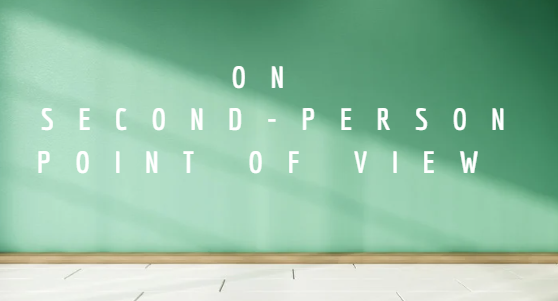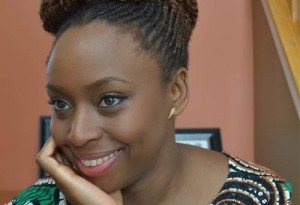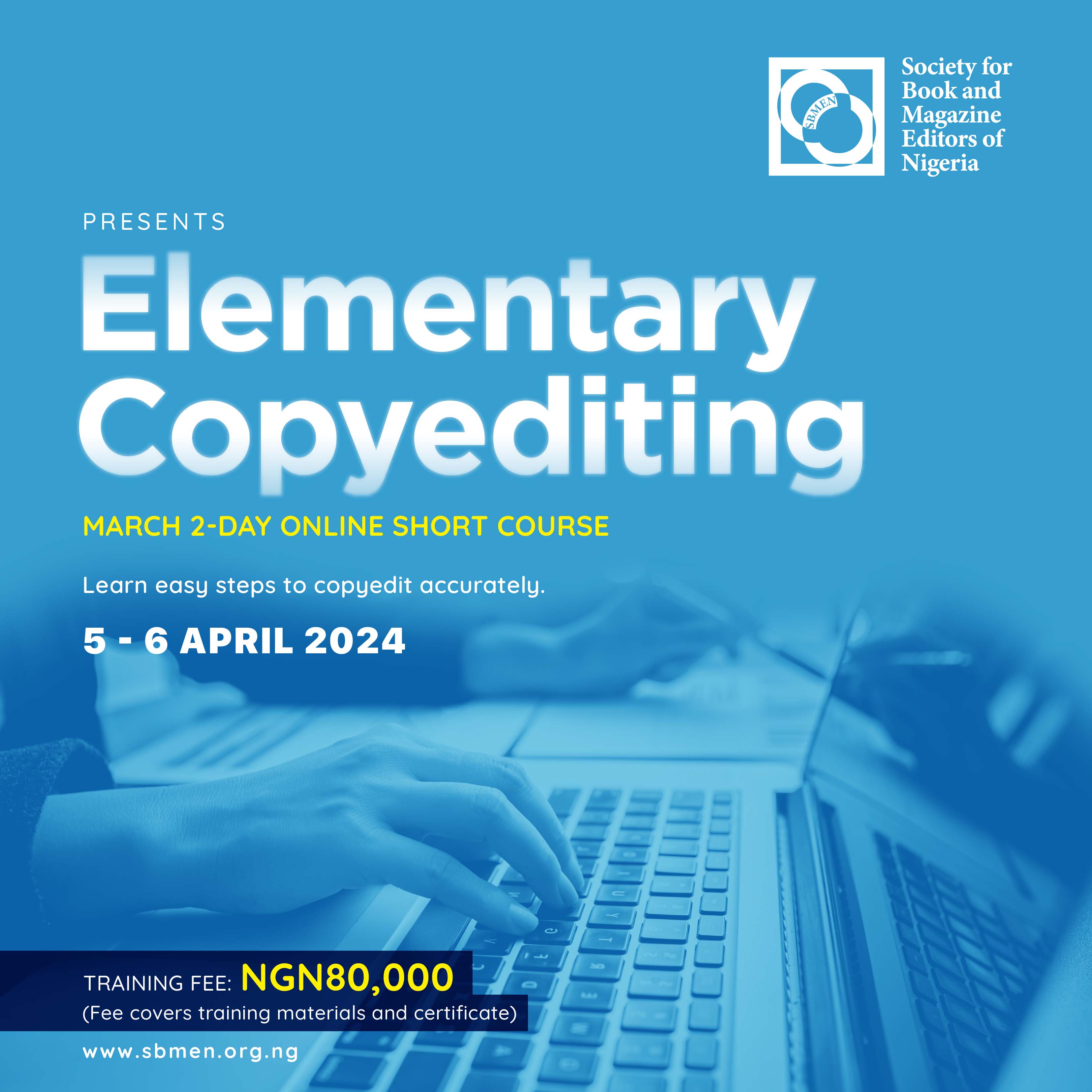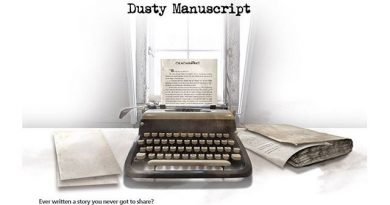On Second-Person Point of View
The second-person point of view or narrative is a tough POV to tackle. Sometimes reading stories written in ‘you’ drives me nuts too. This is especially when they’re lengthy and written in the future tense. (I can tolerate them when written in present and past tense. But in future tense… it begins to get on my nerves after a while).
It’s surprising I feel this way because I’ve written one short story in the second-person point of view (With my short stories I make an effort to try out everything. And I mean everything.)
Alicia Rasley, in her book the Power of POV, dug deeper, identifying the various styles of the second person point of view. She made me realize why I couldn’t wait to get to the end of some of those You stories.
Read: How To Self-Publish A Novel
My head recognises the art/creativity in them—I try to appreciate art with my head so I can learn and be a good critic. But, unfortunately, it’s my heart that makes me look forward to certain things or avoid them. That’s why when I put them down, I’m not eager to go back to them even when I know they are brilliant.
I’m about to summarise the various forms/styles of second person as explained by Alicia Rasley. But before I do, I want to say that I hadn’t read her book when I wrote a creative non-fiction piece using the second person, but I had unconsciously gravitated towards what she called the Disguised I.
(My story ‘You are Becoming One of Those People’ was first written in the first person, but I rewrote it using the ‘experimental’ second person, and I’m not going back.) The Disguised I happens to be the only style of the second person that I can stomach for long.
Understandably, very few novels and genre fiction or general fiction are written in the second person. Second-person point of view narrations can be found in literary fiction and short stories. Remember that literary fiction is not aimed at exciting, as with genre fiction, but impressing. By ‘exciting’, I mean it’s not about the plot or story but about the theme and the use of language.
They are not usually page-turners. When you sit down to read a piece of literary fiction, try to appreciate the art in exploring language and topic through scenes and sensibilities. I read them like I read teaching books on writing: to be fascinated by things I learn. To find things that impress or impact me. And, in the end, if I am satisfied and keep reflecting upon it, then the author has succeeded. He or she has written something memorable by me.
I think that a lot of Oscar-nominated movies are the literary equivalents of literary fiction. They’re powerful in the way they explore themes, issues or topics. Their scenes drag out slowly, making them quite realistic (instead of plots moving quickly). Telling these kind of stories are subtle ways of arguing for a cause: the rights of a HIV patient in Philadelphia, for instance.
They can be quite powerful and convincing. Take, for instance, Crash. After watching that movie, I couldn’t free my thoughts from how being pulled over by cops and having your wife frisked (sexually violated through touching) could affect your marriage. (Notice I used the universal ‘you’ in that sentence to distance myself from the event) But it made sense. I think the second person can be used to give literary fiction a more reader-involving experience, making it even more powerful.
If I were to write out that scene from Crash, for instance, You stand against the car, and turn your head to face your husband–keeping your mouth shut as he asked you to–who looks away like a coward, as the cop separates your legs and slips his hand between your thighs and strokes your flower.
Here are the various styles of the second person, according to Alicia Rasley.
1. The Courtroom You
Accuser-defendant yous. One you is an authority figure doing the admonishing/accusing and the other is a miscreant defending himself. One voice seems to say ‘you should know better’ while the other seems to say ‘what do you expect?’
You were foolish in thinking you married a man who would stand up for you. But what did you expect: This is L.A. and you are blacks up against cops with guns?
2. The Travelogue You
This is probably the most common. If I were to take that scene from Crash, I could disguise it as a travel article on what you’ll see when you get to L.A., but it’s actually about a black woman being molested by white cops in front of her husband. The story gets told travel-article style.
Charles Opara writes fiction and non-fiction. His short story, The Dream, was recently nominated for the Fiction Desk Newcomer’s Awards.





